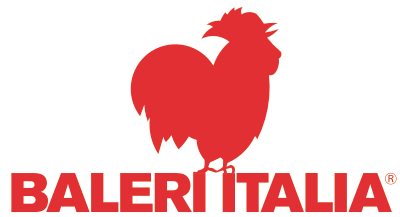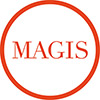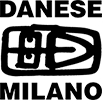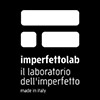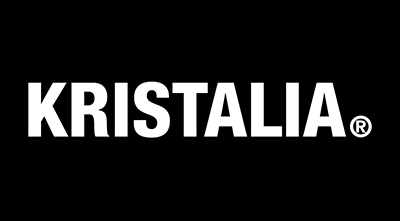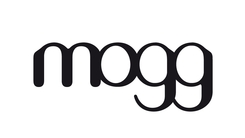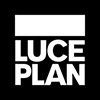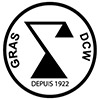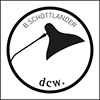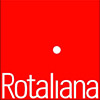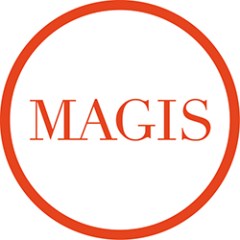
MAGIS
1976 Magis was founded.
1984 was the year of the ladder called Step, a project by Andries and Hiroko van Onck. It was snubbed when it first came out, because the furniture store circuit was not a place for ladders; they were supposed to be sold in hardware stores. Then things went the way they did, and Step met with enormous success, especially in furniture stores. It was the first product to light Magis’ fire – with regards to design as well as cash flow. In twenty years a million of them have been produced. It is super-imitated, and by high-lineage companies, too.
1994 was the year of Bottle, Jasper Morrison’s first project for Magis, an object that gave lustre to Magis by our being awarded an enormous number of design prizes and earning a place in the permanent collections of many contemporary art museums, such as the MoMa of New York and the Victoria and Albert Museum of London.
1994 was also the year of the Lyra stool by Design Group Italia. Lyra did not receive the Compasso D’Oro or any other design awards, nor did it become part of the permanent collection of any museums, but it passed the most stringent test of all with flying colours: sales proclaimed it Magis’ longest-lived bestseller.
1996 was the year of Stefano Giovannoni’s Bombo, an extraordinary commercial success of international dimensions, and still going strong. Today Bombo is an icon; it created a style. It is super-copied and super-imitated. But Bombo remains Bombo. Its copies are another story, a different chapter, and it is not a chapter about creativity and design.
2000 was the year of Air-Chair by Jasper Morrison, a technologically advanced product, and the first single-shell chair in the world to be conceived in air moulding. It will doubtlessly be one of tomorrow’s classics.
2001 was the year of Magis Dog House by Michael Young. A success. But not so much from a commercial point of view as from a media coverage point of view. The attention Magis Dog House received was overwhelming and came from all directions.
2003 was the year of Chair_One by Konstantin Grcic. A hugely innovative project. It is an example of modern use of die-cast aluminium. Its design is left more to the void than to the solid, resulting in the most product with the least material. Excellent critical and commercial acclaim.
2004 was the year of Me Too, a collection of objects and furniture for children between two and six years old. Me Too was conducted and managed by designers that think with the mind of a child.
2005 was the year of the Striped family by the Bouroullec brothers, in transparent polyamide, but it was the year also for Déjà-vu stool by Naoto Fukasawa, in polished die-cast aluminium. Both of the projects prove the constant research in different materials and shapes.
2006 Magis has presented twenty-one new products at the Milan Furniture Fair, perhaps the best annual harvest that Magis has ever reaped in its 30-year existence, concluding a three-year design cycle. Of these, the chair "First" by Stefano Giovannoni needs to be mentioned. Chair First’s name comes from it being the first example of a chair made by air moulding in which the emptying of the frame is not simply applied to the volumes with a small tubular section, but throughout the extensive and complex volumes of the chair and its backrest.
2007 Magis has presented several products at the Milan Furniture Fair, among them two very special tables:
Piggyback, a project developed by Magis with the young English architect Thomas Heatherwick.
Two rectangular tables with the same dimensions in one, which can be used one on top of the other, therefore as a unique table, or placed adjacent to each other obtaining as a result configurations, which are not possible with "normal" extending tables (thanks to the top borders), or as two separated tables.
Déjà-vu Table, the first extending table by Magis, well designed by the Japanese designer Naoto Fukasawa, who worked together with Magis’s technicians in a synergic way giving birth to a high-quality table, especially attractive both for its opening and closing mechanism (with its smooth, silent and elegant movements) and also for the reason it doesn’t show in any way its being extensible when standing in its original position.
2008 was the year of Steelwood Family by the Bouroullec brothers, a collection made of steel plate and solid wood and composed of chair, table system and shelving system, which goes beyond the good design project, as it breaks with the rules of the office furnishing, introducing a warm, domestic, very friendly style.
In particular, Steelwood Chair must be considered and appreciated for its technical contents, as for example almost ten subsequent phases were necessary to mould its steel plate backrest.
2009 This was the year of the launch of the products Flower and Élysée, conceived during 7 years of collaboration between Magis and the French design legend Pierre Paulin, who passed away precisely in June 2009.
Eugenio Perazza met with Pierre Paulin for the first time in 2002, at his home in Cévennes, where he lived after leaving Paris and his design profession.
He succeeded in convincing him to develop at project for Magis by using the words: "We know Pierre Paulin doesn’t need design, but design still needs Pierre Paulin!"
This collaboration resulted in the low lounge chair Flower, made in injection-moulded polycarbonate, available in three different colors with cushions in fabric or leather in a great number of colors, and the modular bookshelf Élysée, based on a design that Paulin had made for the Élysée Palace in Paris in the 1970s, when he was chosen by two former French presidents, Georges Pompidou and François Mitterrand, to furnish the reception rooms of the presidential residence.
2010 Magis presented many new items at the Milan Furniture Fair. Among them, representing the Magis return to home accessories, is the coat stand Four Leaves and the umbrella stand Poppins by Barber & Osgerby, plus the Déjà-vu mirrors and the wall clocks Tempo and Cuclock by Naoto Fukasawa.
2010 was also marked by Marcel Wanders re-joining the Magis team: three of his projects were presented- the chairs Cyborg, Troy and Sparkling.
After quite few years’ work, Tom Dixon’s first new design for Magis came out: the chair Mesh, made of pressed metal mesh.
With this year’s Furniture Fair, also Jaime Hayon and Martino Gamper became part of the big Magis crew. They and Jerszy Seymour have worked toward the comeback of metal wire chairs, respectively with Piña, Vigna and Flux.
A noteworthy design by Thomas Heatherwick is Spun, a polyethylene chair that rolls – a surprising twist on conventional furniture design made by rotating a single profile outward over 360 degrees.
And there was more: new products by the Bouroullec Brothers (tables Baguettes and Central, plus Steelwood Stool and Steelwood Coat Stand), by Stefano Giovannoni (the Murano Vanity Chair and the extending table Vanity) and by Konstantin Grcic (the Venice chair) with whom Magis has been working for many years now. Last but not least: the reproduction of two vintage Marc Berthier designs, the Aviva chair and the Teatro table.


 Ελληνικά
Ελληνικά  English
English 
